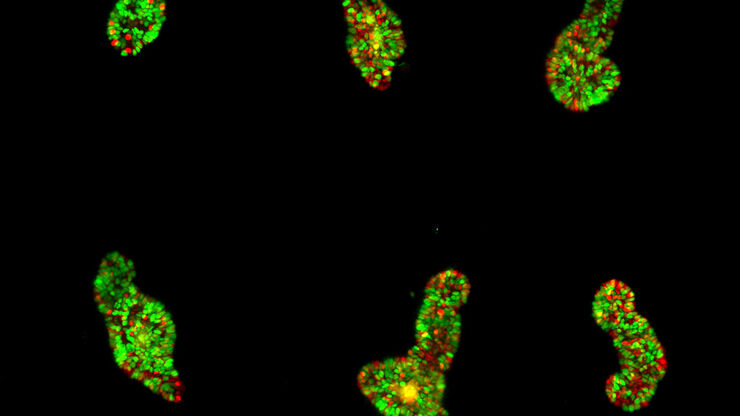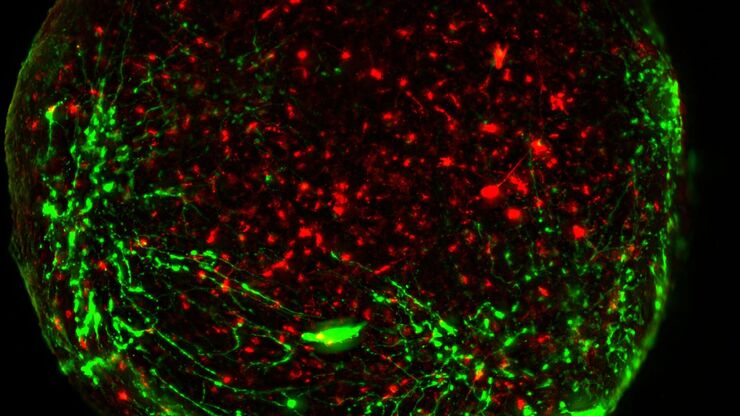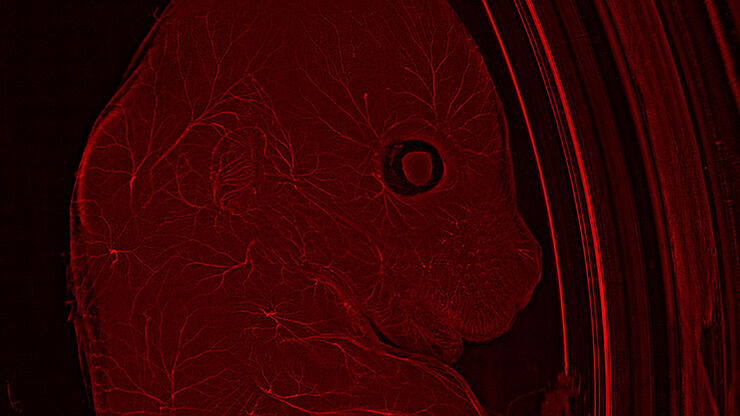Viventis Deep
Microscópios <i>lightsheet</i>
Produtos
Página inicial
Leica Microsystems
Viventis Deep Microscópio de fluorescência Lightsheet de visão dupla
Revelando a vida em todo seu contexto
Leia os nossos artigos mais recentes
How to Study Gene Regulatory Networks in Embryonic Development
Join Dr. Andrea Boni by attending this on-demand webinar to explore how light-sheet microscopy revolutionizes developmental biology. This advanced imaging technique allows for high-speed, volumetric…
Dual-View LightSheet Microscope for Large Multicellular Systems
Visualizing the dynamics of complex multicellular systems is a fundamental goal in biology. To address the challenges of live imaging over large spatiotemporal scales, Franziska Moos et. al. present…
Download The Guide to Live Cell Imaging
In life science research, live cell imaging is an indispensable tool to visualize cells in a state as in vivo as possible. This E-book reviews a wide range of important considerations to take to…
Organismos Modelo na Pesquisa
Um organismo modelo é uma espécie usada pelos pesquisadores para estudar processos biológicos específicos. Eles têm características genéticas similares aos seres humanos e são usados tipicamente em…
Campos de aplicação
Organoides e cultura celular 3D
Um dos recentes avanços mais impressionantes na pesquisa de ciências da vida é o desenvolvimento de sistemas de cultura celular 3D, como organoides, esferoides ou modelos órgão-em-chip. Uma cultura…




